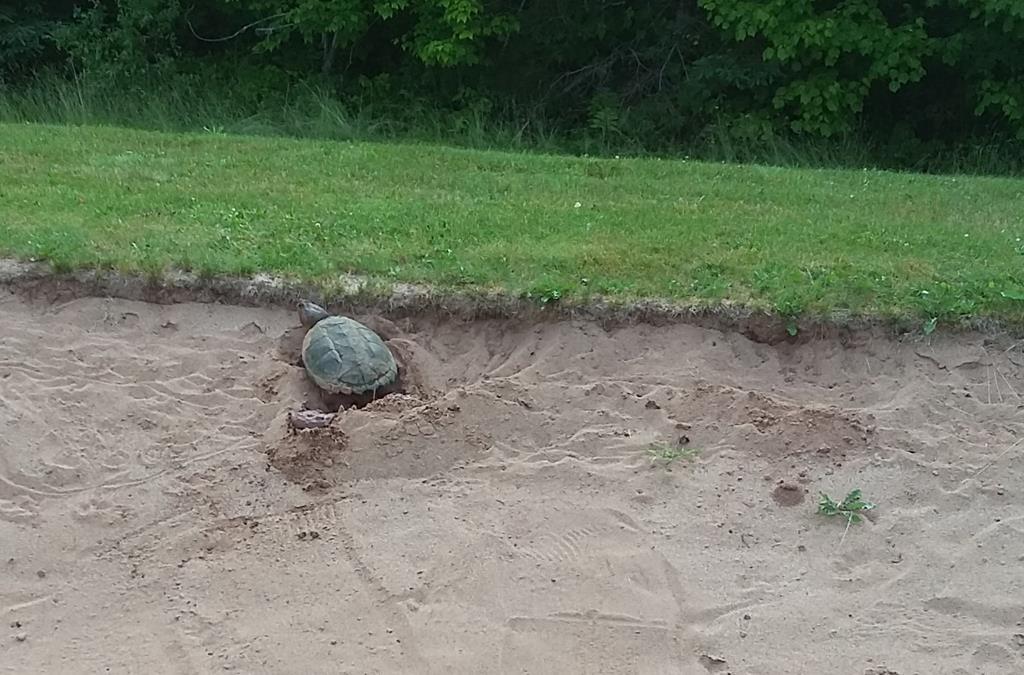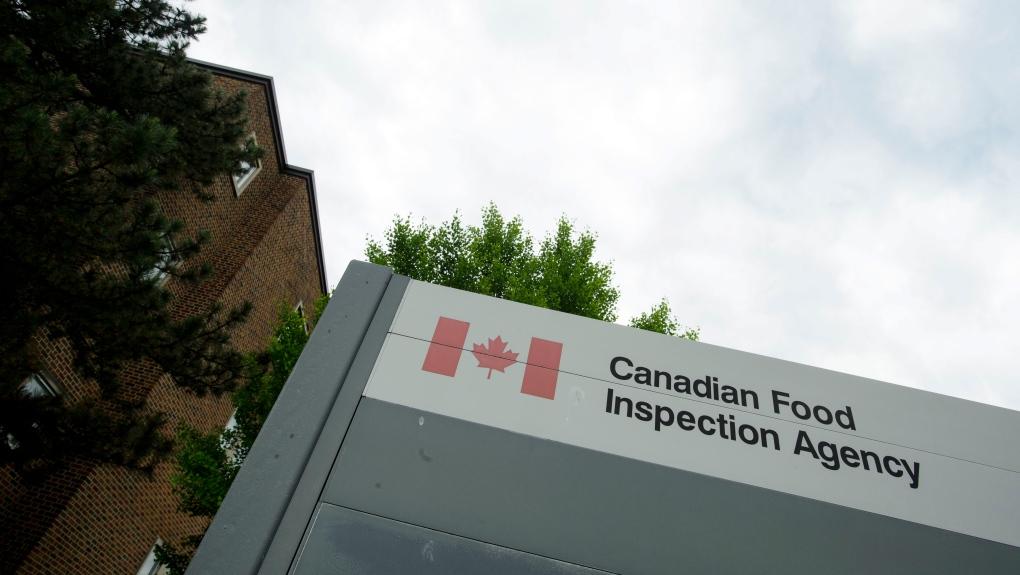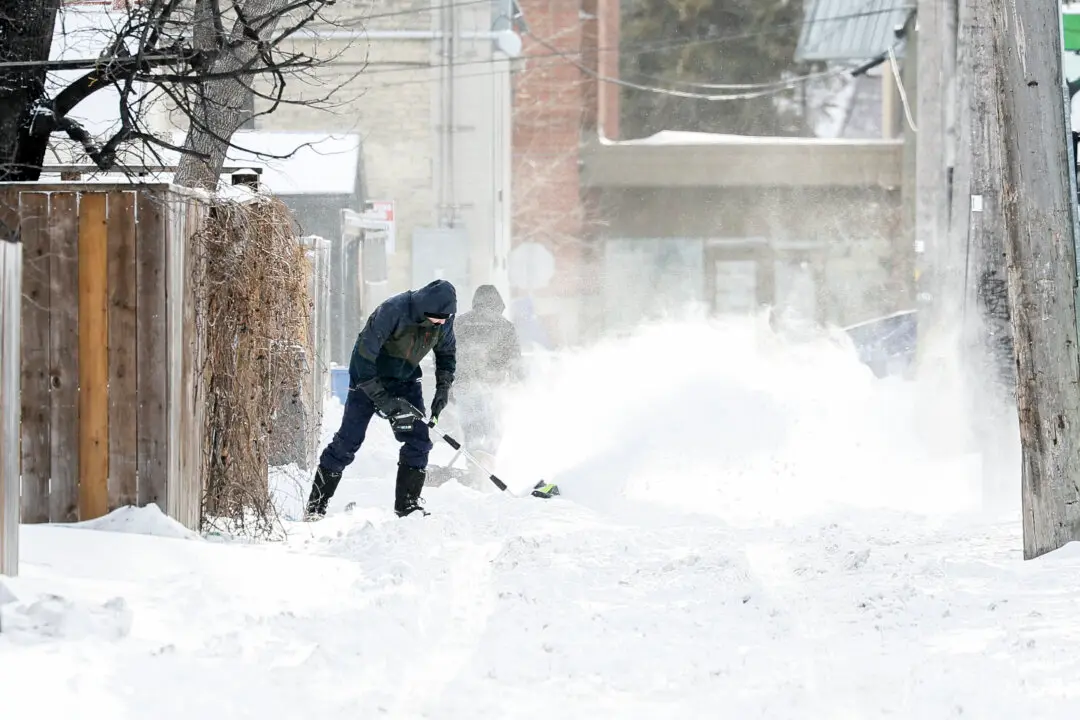HALIFAX—Most golfers would rather avoid sand traps, and that’s especially true now on a course in central Nova Scotia where a resident snapping turtle has laid its eggs in the same bunker for the second year in a row.
With nature taking its course, the sand trap on the seventh hole of the Debert Golf Course has been declared off limits, course manager Mark Webb said in an interview Tuesday.





